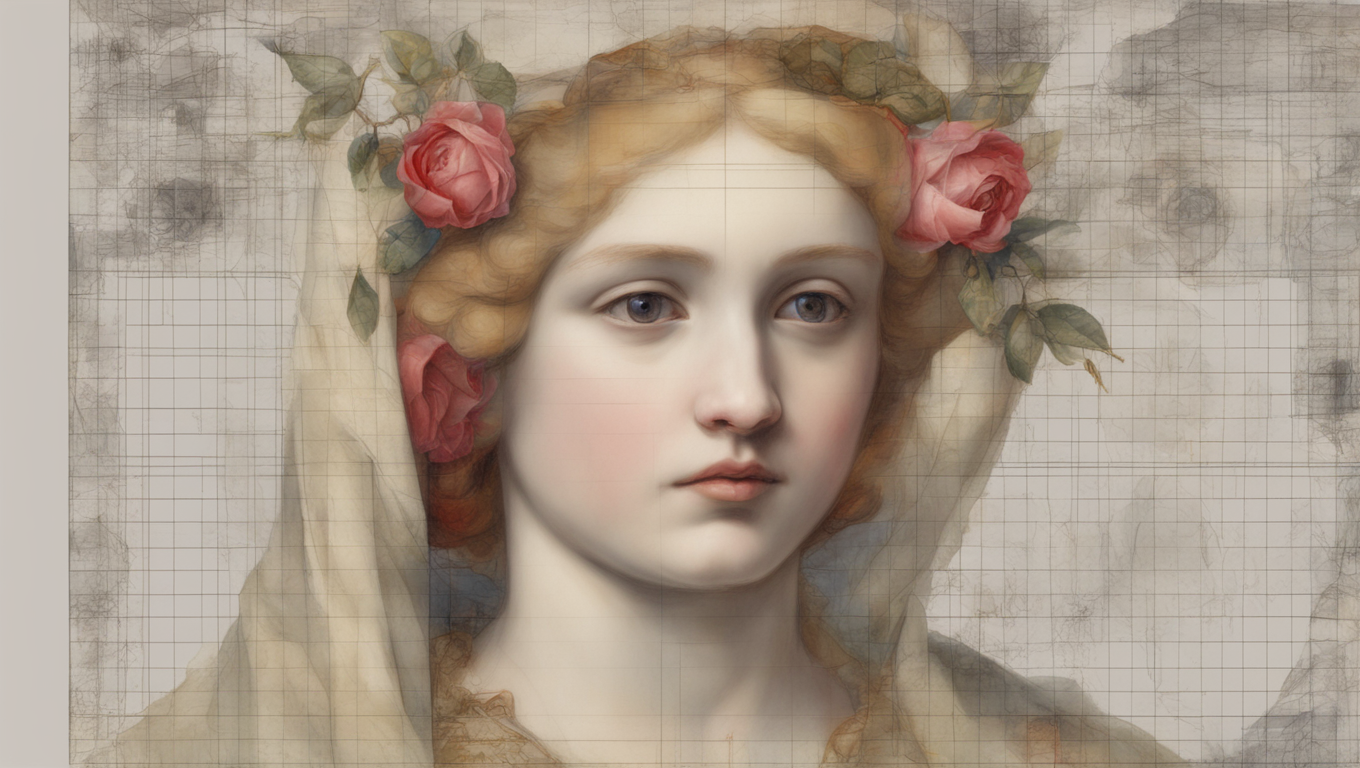Exhibited at the Prado Museum in Madrid, the “Madonna of the Rose” by the Renaissance painter Rafael has been the subject of speculation for years. Two elements, in particular, have caused controversy among historians and art enthusiasts: the face of Joseph, husband of Mary, and the flower at the base of the painting. But now, artificial intelligence (AI) is stepping in to help solve the mystery.
In 2023, an AI model developed in England determined that the face of Jesus' adoptive father was not painted by Rafael. Additionally, the model concluded that the flower was, in fact, the work of the artist. According to the creators of the model, led by computer scientist Hassan Ugail, the prediction has a 98% chance of being correct. “We did cross-validation tests to ensure the results were robust,” says Ugail, who is a professor at Northwestern University.
The controversy surrounding the authorship of the painting “Madonna of the Rose” dates back to its production between 1518 and 1520. Art historian Jürg Meyer zur Capellen was the first to dispute the attribution of certain elements in the painting to Rafael’s disciple Giulio Romano. Raphael, a renowned artist in the early 16th century, was invited to paint murals in the Vatican and achieved fame with works like the “School of Athens.”
The AI technology developed under Ugail’s leadership focuses on Rafael’s work, which has been the subject of ongoing debate. The multidisciplinary team, including computer graphics specialists, physicists, chemists, historians, and a painter and gallerist, trained the AI model to consider patterns, brushstrokes, color palettes, and composition, all characteristic of Raphael’s art.
In January 2023, the technology attributed the painting “de Brécy Tondo” to Rafael, a work that had no recognized origin before. However, the verdict of AI is not the final say in determining the authorship of a piece. Without complete proof of a painting’s origin, it is necessary to convince the entire visual arts community to reach a consensus.
The authentication of artworks is a complex process, and experts use various methods to determine authorship. Surveying the places a painting passed through until it reached the artist’s studio is considered one of the most objective approaches. However, as art gallerist Thiago Gomide points out, this becomes more challenging with older works. Many historical productions did not pay as much attention to attributing authorship as recent ones.
Artificial intelligence can serve as a useful resource in this authentication process by detecting elements that may go unnoticed by the human eye. However, its usefulness is limited. Factors such as oxidation of paints over time, physical and chemical characteristics of the materials used, and historical knowledge of the artist’s studio dynamics require the expertise of human authenticators.
In the case of Rafael’s paintings, the AI model developed under Ugail’s leadership faced a limitation due to the small number of frames available for training. While deep learning models often use databases with millions or billions of data points, the team augmented the available data to generate additional information. Nonetheless, there is still a margin of error in the model’s conclusions.
Ultimately, a combination of scientific analysis using AI tools and historical and stylistic expertise is key to determining the authenticity of artworks. As Northwestern University’s Ugail emphasizes, the legitimacy of AI in this field will grow as successful case studies demonstrate its accuracy and usefulness. While there may always be a need for human participation in the authentication process, technology like AI can make a significant difference, particularly in cases where forgeries are more sophisticated. With further advancements, AI could revolutionize the understanding and attribution of art, uncovering the secrets of authorless masterpieces.





Use the share button below if you liked it.